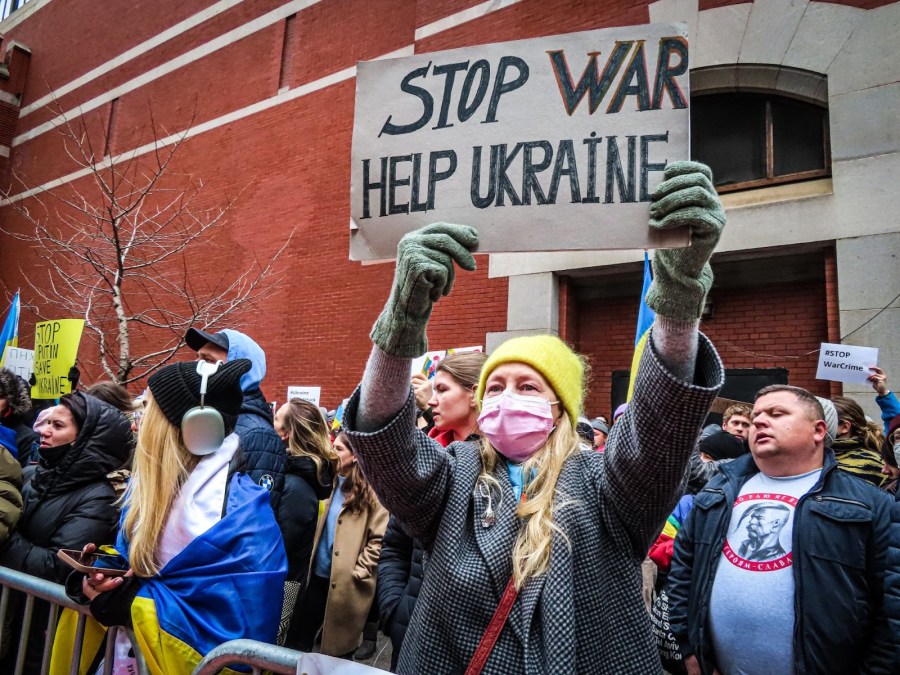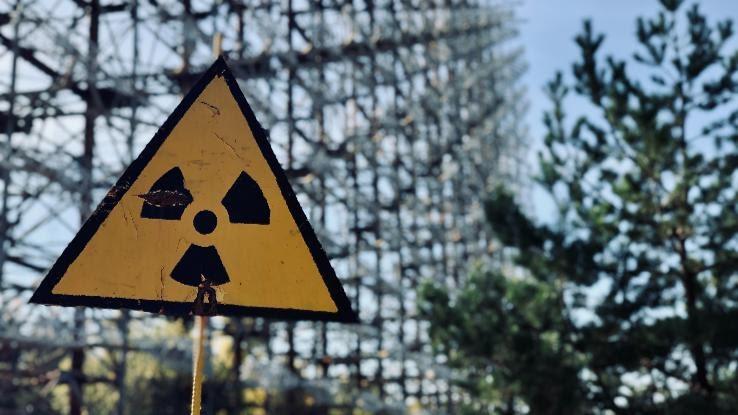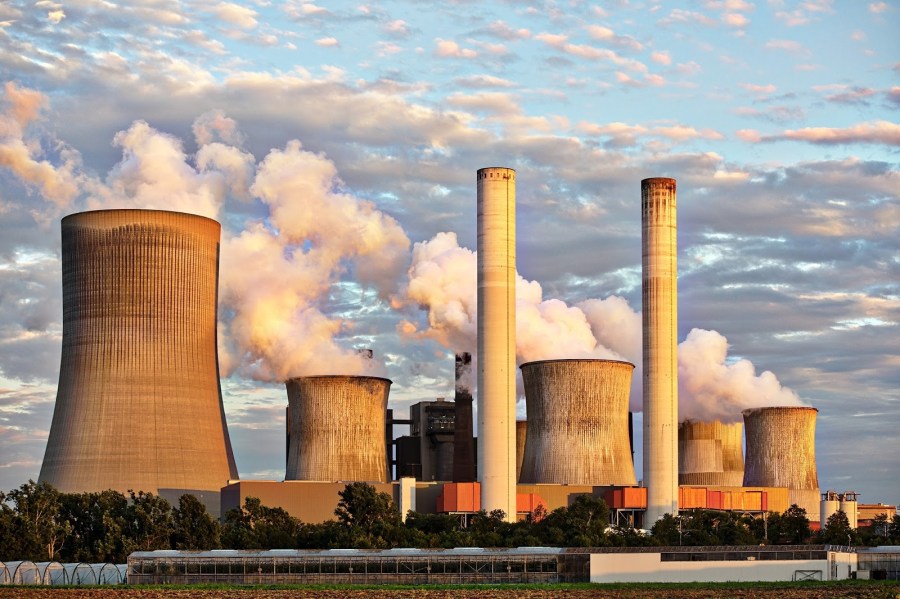
The world learned about the Ukrainian city of Chernobyl in 1986 when reactor 4 exploded at its nuclear power plant. The accident killed at least 30 people immediately after and left many more residents with lifelong health issues and injuries. The explosion at Chernobyl is known as one of the worst nuclear disasters the world has ever seen.
The History of Chernobyl
The Chernobyl Nuclear Power Plant, also known as the Vladimir Lenin Nuclear Power Plant, was built in the early 1970s, and it supplied power to several major Ukrainian cities, including Pripyat. Many workers and their families lived near the plant for several years.
Numerous accidents plagued the plant over time; In 1982, one of the core reactors had a meltdown that caused minimal fallout. That particular incident was kept a secret until a larger accident would occur in the near future.
Disaster Strikes in 1986
On April 26, 1986, a series of ill-advised and unsuccessful experiments on one of the reactors caused a massive explosion. The reactor was an RBMK (a high-powered channel type of reactor), and the design was later said to have serious imperfections along, terrible thermal processes, and major reliability issues. All of these factors contributed to the explosion and the nuclear fallout that would blanket Chernobyl. Radiation levels were so high that the city was contaminated down to the buildings, ground soil, and water.
Approximately 49,000 people had to evacuate the area, but there were still many casualties; 30 people lost their lives to the initial blast, while another 30 lost their lives to cancer. Despite these tragedies, the plant remained operational until 2000. Since then, officials have gradually begun to decommission the plant and all of its remaining reactors.
The Exclusion Zone
The closest area to the plant is now called the Exclusion Zone. This area of around 2,600 square kilometers is a zone that is too dangerous to enter. It’s guarded by the military at all times and is off-limits to everyone because of the radiation risk it poses, even for a short time.

The area isn’t just designed to keep people out, however. The designated zone also serves as a testing ground for the government to determine how the radiation levels are dissipating (if at all) and to ensure the radiation doesn’t keep spreading.
Russia Invades Ukraine and Takes Chernobyl
On February 24, 2022, Russian troops invaded Ukraine with explosions in the capital Kyiv and other major cities. They also entered through Belarus and invaded the separatist-controlled highly-industrial Donbas Region, taking Chernobyl in the process.
This is said to be an attack on the state of Ukraine, which had previously expressed its interest in joining the North Atlantic Treaty Organization (NATO). NATO consists of 28 European countries and two North American countries. Vladimir Putin, the President of Russia, has described Ukraine’s desire to join NATO as a “hostile act”, and considers it a direct threat to Russia, culminating in the full invasion.
There are two self-declared republics within Ukraine, Donetsk, and Luhansk, which both removed themselves from Ukrainian control in 2014. Putin has also referenced these states and the fact that Ukraine was a part of the Soviet Union before the Cold War as reasons for the invasion, and has refused to acknowledge Ukraine as a country of its own in the past.
At the time of writing (March 1), the invasion is ongoing with Russian and Ukrainian troops fighting for position in major cities and the Ukrainian capital of Kyiv. Chernobyl, however, is fully under Russian military control, and this brings with it a whole new set of problems on top of the death and destruction that war brings.
Possible Environmental Disasters as a Result of The War In Ukraine
As a result of the Chernobyl disaster, there are an abundance of toxic chemicals and nuclear materials stored in the region around the nuclear power plant. The exclusion zone particularly is full of nuclear waste, and now that Russian troops are actively controlling the region there are growing fears that this waste might be disturbed, which could result in another Chernobyl environmental catastrophe.
Some Ukrainians are claiming that by taking control of the exclusion zone, Russia is “holding Europe hostage”. This is because due to the frequent bombings in the region, more and more nuclear waste is being released, leading to further contamination of the air, soil, and water. Aside from Chernobyl, the east of Ukraine is full of chemical factories, industrial areas, thermal power plants, and run-down mines. Ukraine as a whole is home to 15 nuclear power plant reactors, which provide roughly half of its total power supply.
“Ticking Time Bomb” Power Plants and Mines Are On The Fringe Of Conflict
If these power plants are struck, the amount of radioactive waste that would be released would contaminate the surrounding area for thousands of years. One of these power plants is the Zaporizhzhia power plant, which is one of the biggest in Europe and supplies Ukraine with about a quarter of its power supply. Zaporizhzhia is situated about 125 miles to the west of the Donbas region, not very far from the areas where Russian and Ukrainian troops are engaging each other. If Zaporizhzhia is damaged, the environmental effect is beyond imagination, and it would also cripple the country’s defenses as they would be without a quarter of their power supply.

There are also 900 active and inactive metallurgical and coal mines in the Donbas region, which have also degraded the water and air quality, by leaking toxic chemicals. Measures that were put in place to address the environmental concerns in the area have now been undone by the invasion, and mines are now filling up with toxins and radioactive waste which could be released at any moment.
The Situation Is Not Improving Any Time Soon
Conflict in the Donbas region shows no signs of stopping, and there has already been some flooding of mines in the area, which has been happening for a number of years. The current attacks on Ukraine will certainly make all of these problems worse, and the damage sustained will impact the region for decades into the future.
While there has been significant environmental damage to the region already that has been caused by the attacks, the potential for an extreme environmental disaster looms large. In a previous study using a tool to analyze environmental risks in warzones, a war in the Donbas region was used to estimate the potential effects on the people and environment. It was calculated that this conflict would cause over 11,000 deaths, 2 million people would be away from their homes, and 4.4 million people would require humanitarian assistance. The invasion of Ukraine has brought about the possibility of another catastrophic disaster in Chernobyl, and only time will tell what the lasting effects of this war will be.






